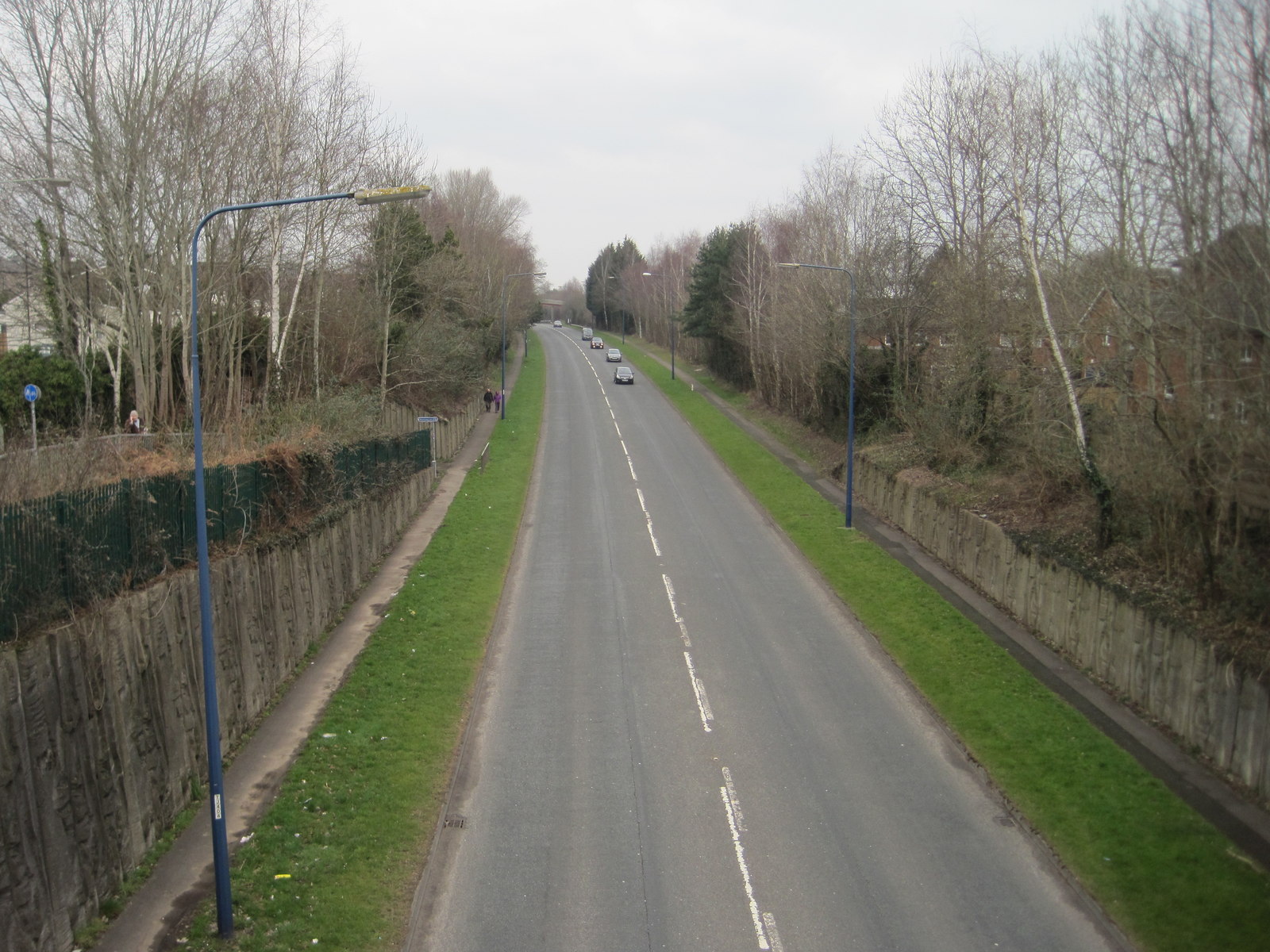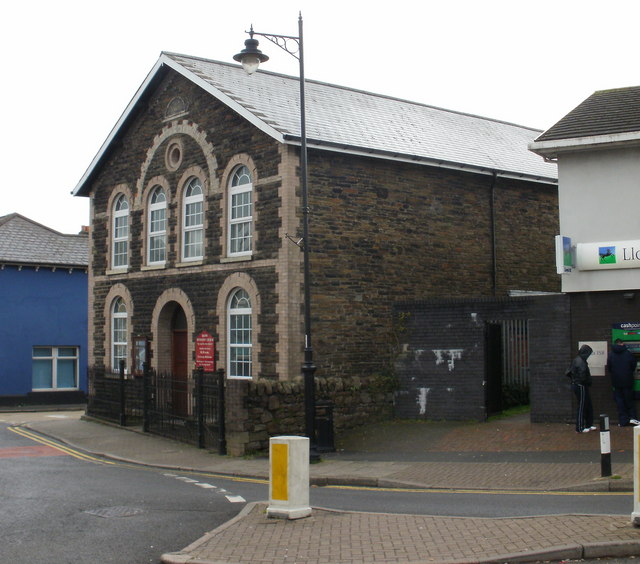West Pontnewydd
Settlement in Monmouthshire
Wales
West Pontnewydd

West Pontnewydd is a small village located in Monmouthshire, Wales. It is situated near the town of Cwmbran and lies on the eastern bank of the River Usk. The village is part of the electoral ward of Llantarnam.
Historically, West Pontnewydd was known for its industrial activities. In the 19th century, it was a significant coal mining area, with several collieries operating in the vicinity. The village also had a thriving ironworks industry, which contributed to its economic growth.
Today, West Pontnewydd has transitioned into a primarily residential area, with a mix of housing developments and older properties. It offers a peaceful and picturesque setting, surrounded by natural beauty and green spaces. The nearby Usk Valley provides ample opportunities for outdoor activities, such as walking, cycling, and fishing.
The village is well-connected to other parts of Monmouthshire and beyond. The A4042 road passes through West Pontnewydd, providing easy access to Cwmbran, Newport, and the wider road network. Public transportation options include regular bus services that connect the village to surrounding areas.
Local amenities in West Pontnewydd are limited, with a few shops and services available to cater to residents' everyday needs. However, the larger town of Cwmbran, with its shopping centers, supermarkets, and leisure facilities, is just a short distance away.
Overall, West Pontnewydd offers a quiet and scenic living environment, with a rich industrial heritage and convenient access to nearby towns and countryside.
If you have any feedback on the listing, please let us know in the comments section below.
West Pontnewydd Images
Images are sourced within 2km of 51.660638/-3.03702 or Grid Reference ST2896. Thanks to Geograph Open Source API. All images are credited.












West Pontnewydd is located at Grid Ref: ST2896 (Lat: 51.660638, Lng: -3.03702)
Unitary Authority: Torfaen
Police Authority: Gwent
What 3 Words
///worry.hiking.flips. Near Cwmbran, Torfaen
Nearby Locations
Related Wikis
Upper Cwmbran
Upper Cwmbran (Welsh: Cwmbrân Uchaf) is a suburb of Cwmbran, Torfaen in Wales. It lies in between the suburbs of Pontnewydd and Thornhill. It is a community...
Upper Pontnewydd railway station
Upper Pontnewydd railway station in Pontnewydd village, Cwmbran in Torfaen, South Wales, UK was part of the Monmouthshire Railway and Canal Company's...
Thornhill, Torfaen
Thornhill is a large council estate on the western side of Cwmbran, Torfaen in Wales. It is adjacent to the suburbs of Greenmeadow and Upper Cwmbran and...
Pontnewydd
Pontnewydd is a suburb of Cwmbran in the county borough of Torfaen, south-east Wales. It should not be confused with Pontnewynydd in nearby Pontypool....
Nearby Amenities
Located within 500m of 51.660638,-3.03702Have you been to West Pontnewydd?
Leave your review of West Pontnewydd below (or comments, questions and feedback).









